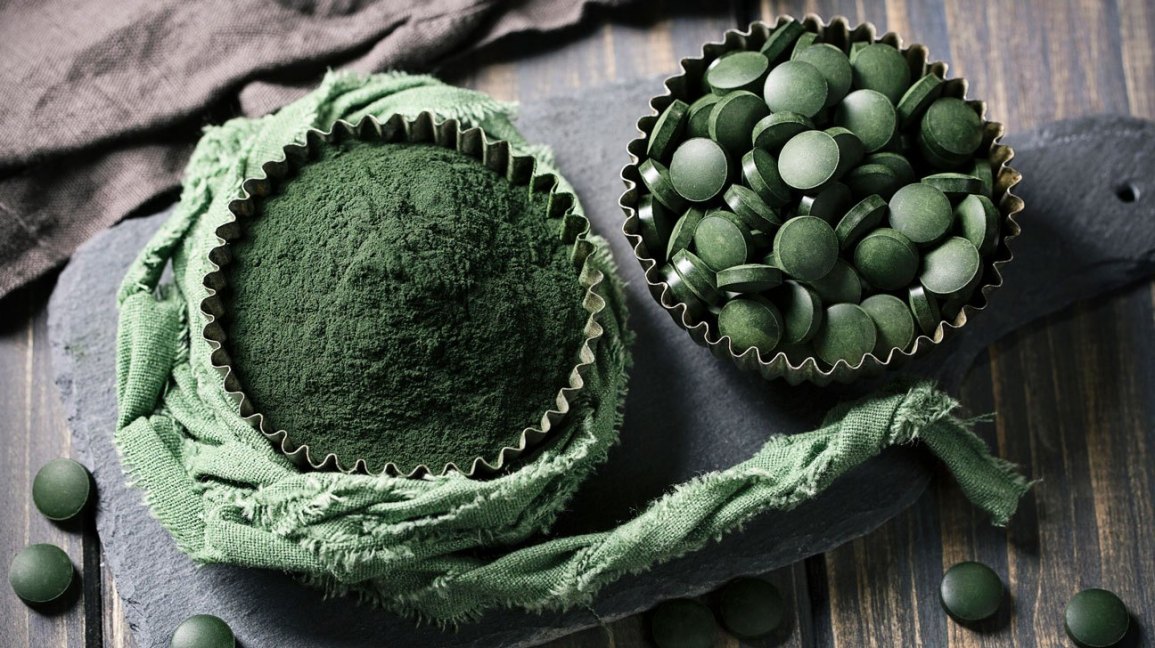
We live in those times where we can finally acknowledge the old and natural medicines and the benefits they had to offer.
With this specific one, it was the Aztecs and the Central African people who know what they were doing when harvesting the brilliant blue algae found in alkaline waters.
Spirulina, the biomass of cyanobacteria, has slowly but definitely been incorporated into the current health culture.
The possibilities of this algae are seemingly endless, in fact, you have probably already consumed it without even knowing.

Commercial usage
With the rise of health-conscious parents, candy companies felt the pressure to produce their treats without using their signature artificial colorants.
Luckily when it came to the color blue, nature had the answer secretly hiding in the form of algae. Due to its brilliant blue hues, it quickly replaced Blue #1 as the colorant for most blue candies.
Spirulina is very weak in flavor so you can easily mask it or only use it for its color properties. As it has a rich color it can be used as a base color to create other color variants.

Is it just a natural colorant?
While it may have gained popularity from its color, Spirulina is actually used for so many other things and actually offers a variety of health benefits to the consumer.
When the Aztecs and Central Africans used it they would harvest it and use it as a spice or ingredient in making foods such as cakes or bread. The people saw the algae was full of nutrients. Spirulina has actually got quite an impressive nutritional profile.

The benefits of Spirulina
While there is very little science to support these findings, the believed benefits are still greatly supported by people.
It is a rich source of vitamins and minerals so it is no wonder that it has been found to assist with the treatment of, diabetes, hepatitis C, high blood pressure and cholesterol.
Taking it further some have even reported Spirulina is a cure for menopause, seasonal allergies, ADHD, and fatigue. While others have noted an improvement in gut health and their metabolism.
Proceed with caution
The algae grow in freshwater lakes and this exposes them to other agents that are traveling through the water or that have been leaked into the water.
There are certain harvest areas, such as Kona in Hawaii where the algae are grown and harvested with care, but there are suppliers or distributors who simply found pond scum and now want it to pass it off as Spirulina.
Now candy corporations will be able to go through the whole process of ensuring that the Spirulina meets all the criteria for FDA approval, meaning that there is no worry in that department.
The caution comes for those health enthusiasts who want to add dried Spirulina to their meals.
Always do your research about where your natural supplements have been grown and make sure that tests have been conducted to ensure the microcystin levels are low as this can be harmful to your liver.

